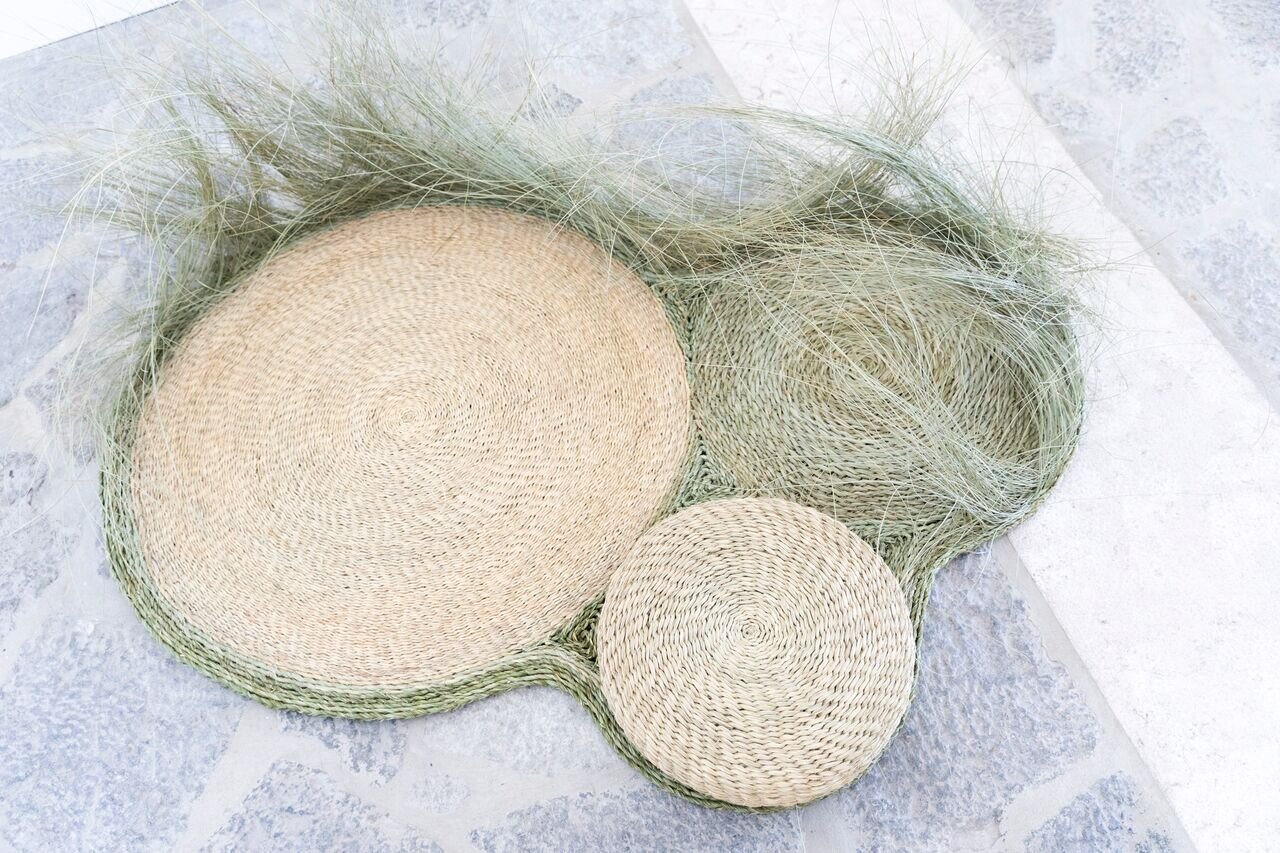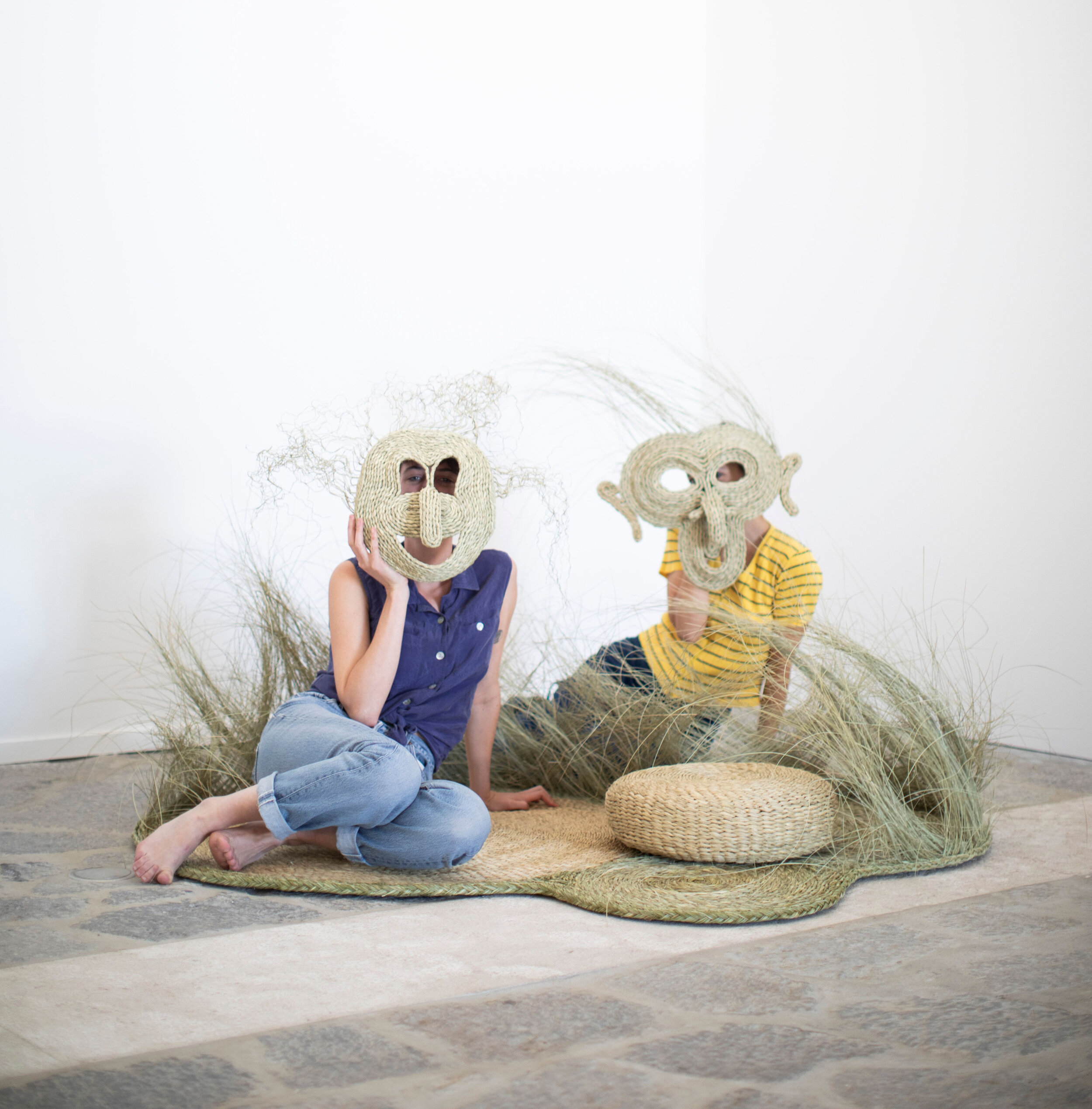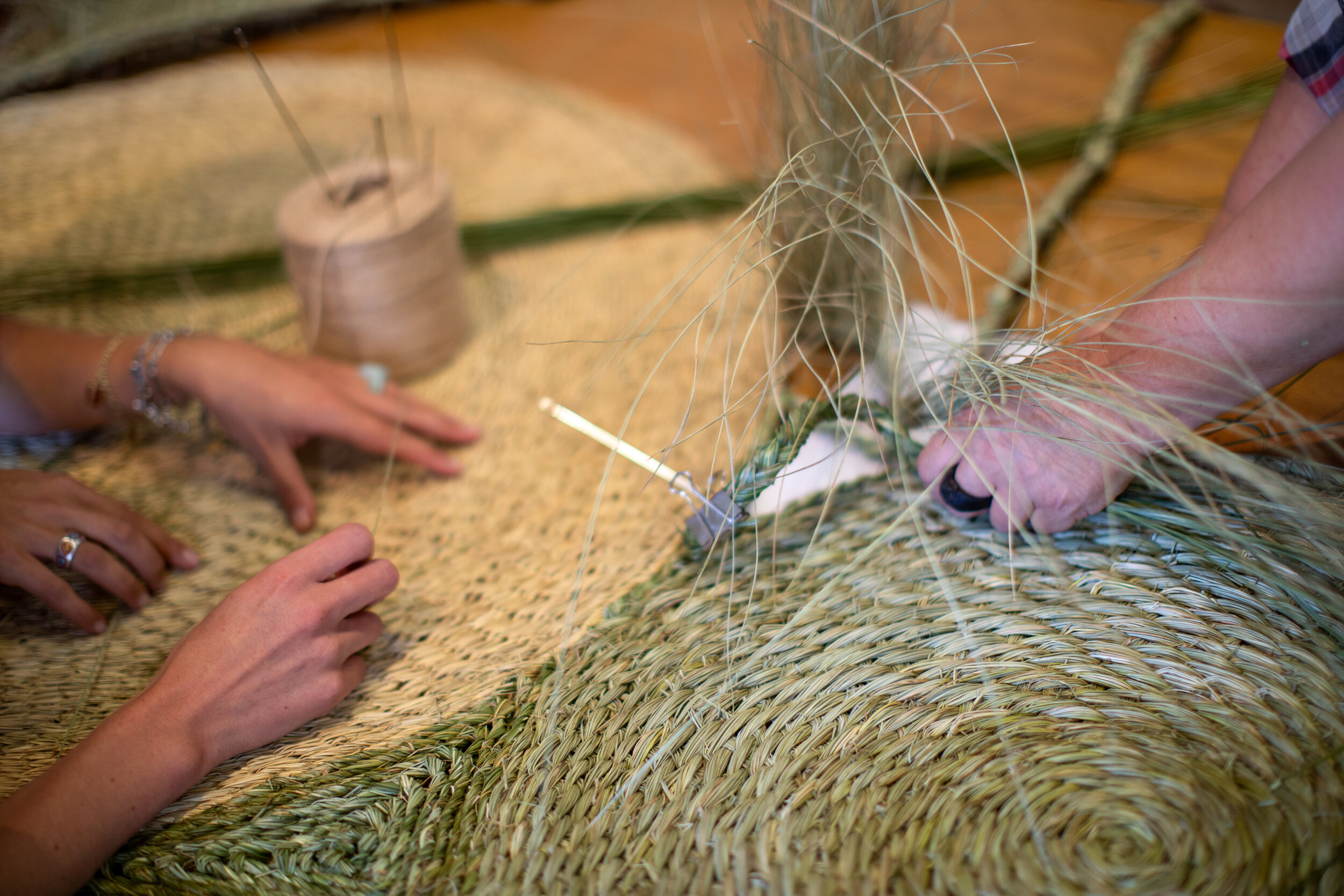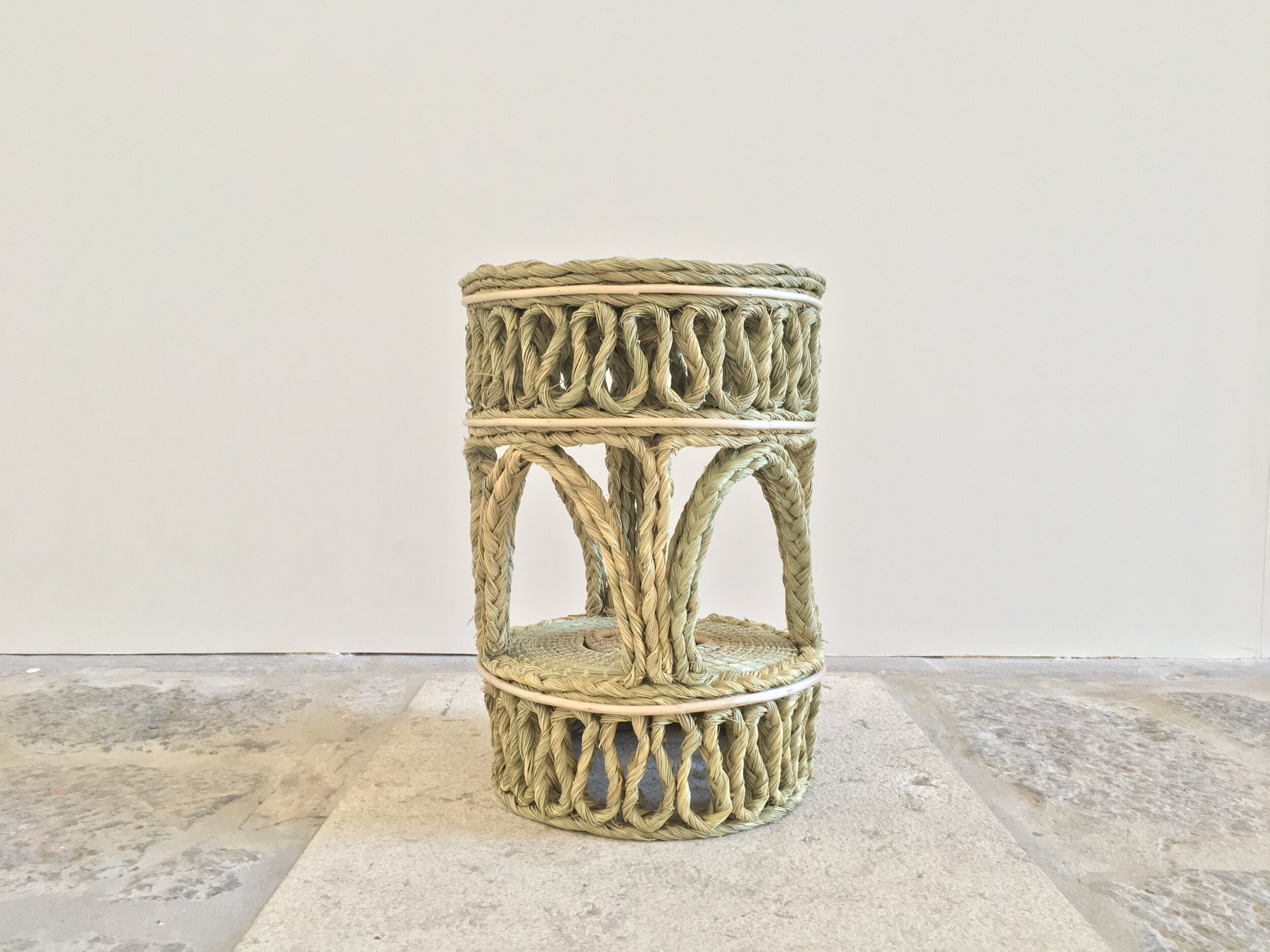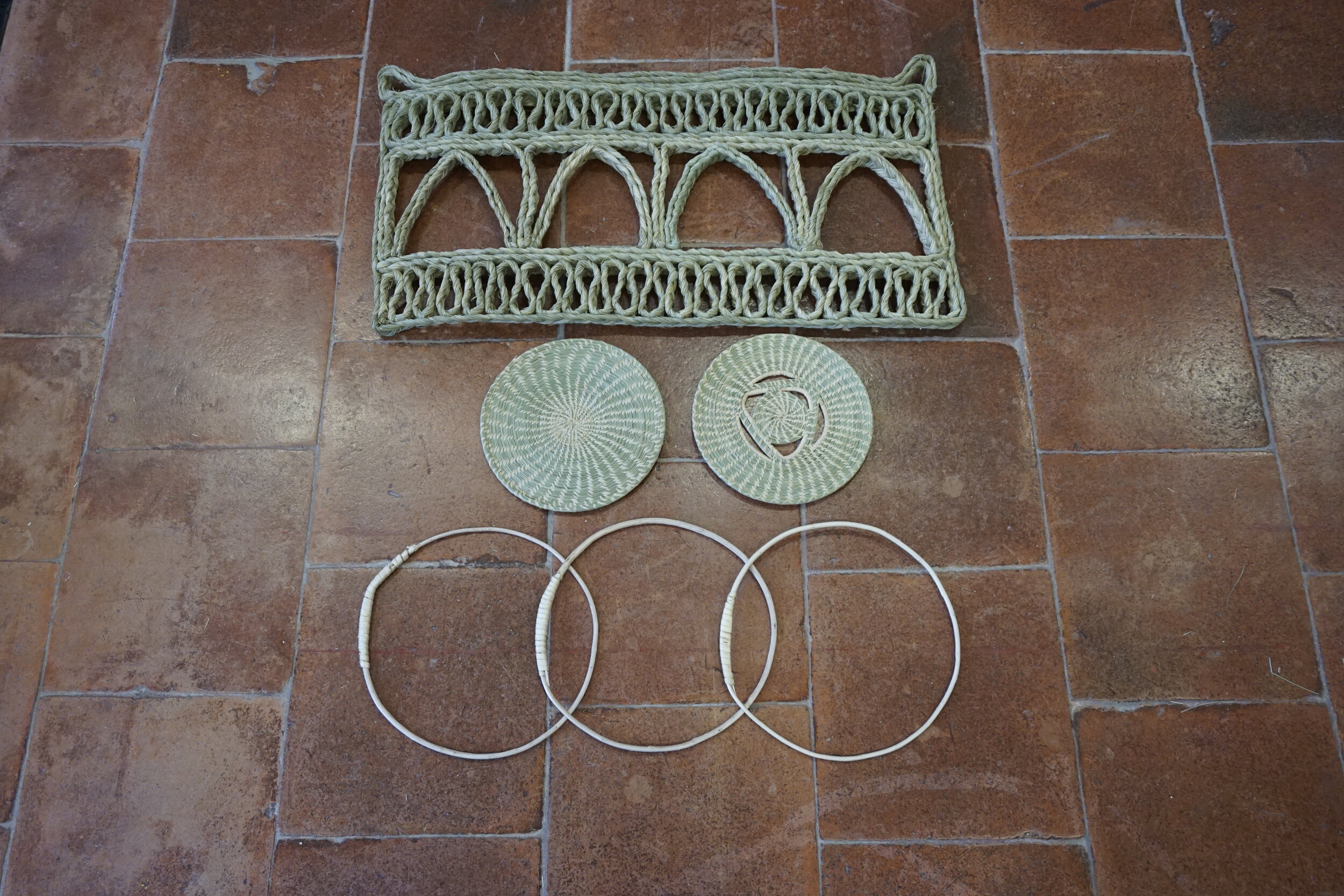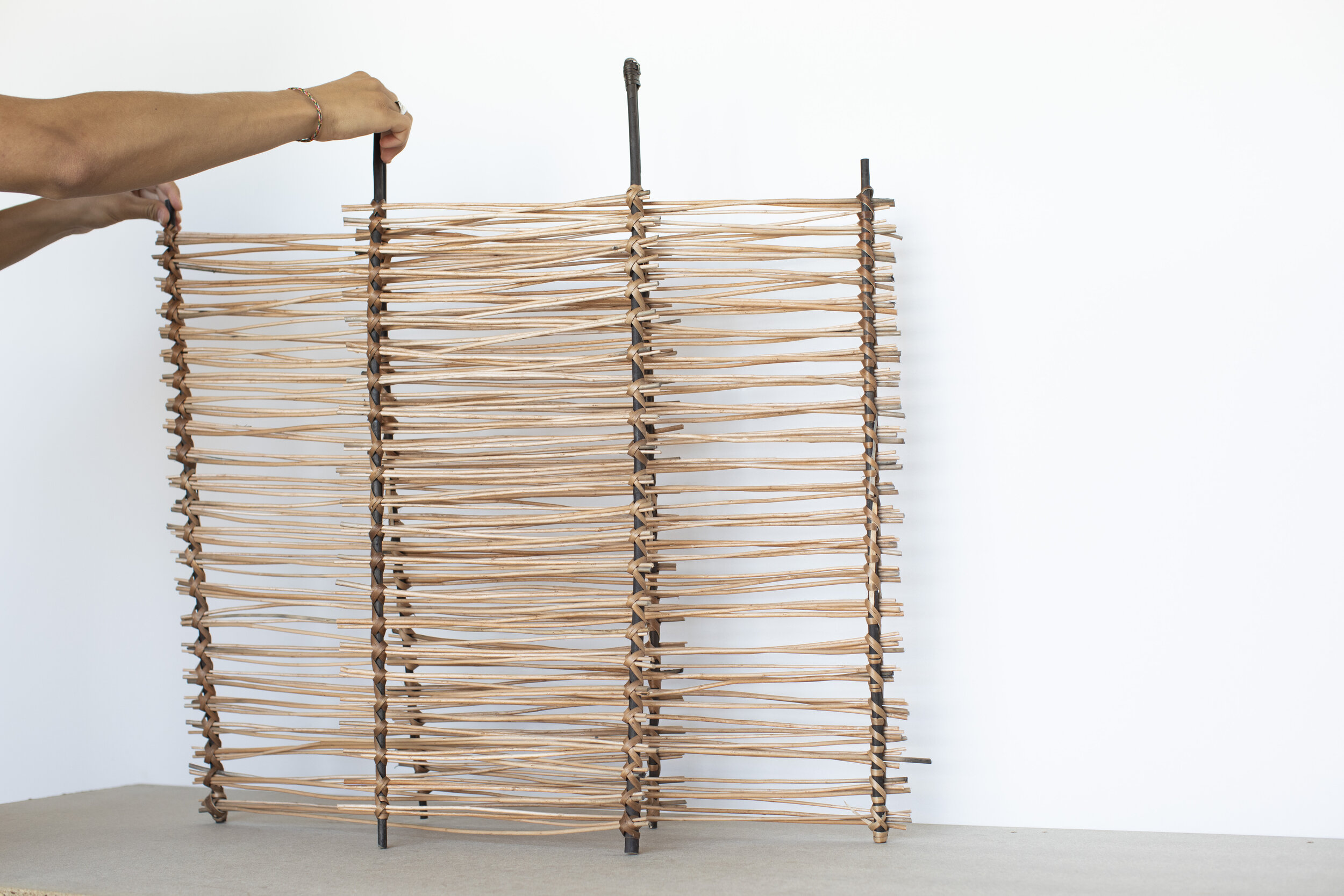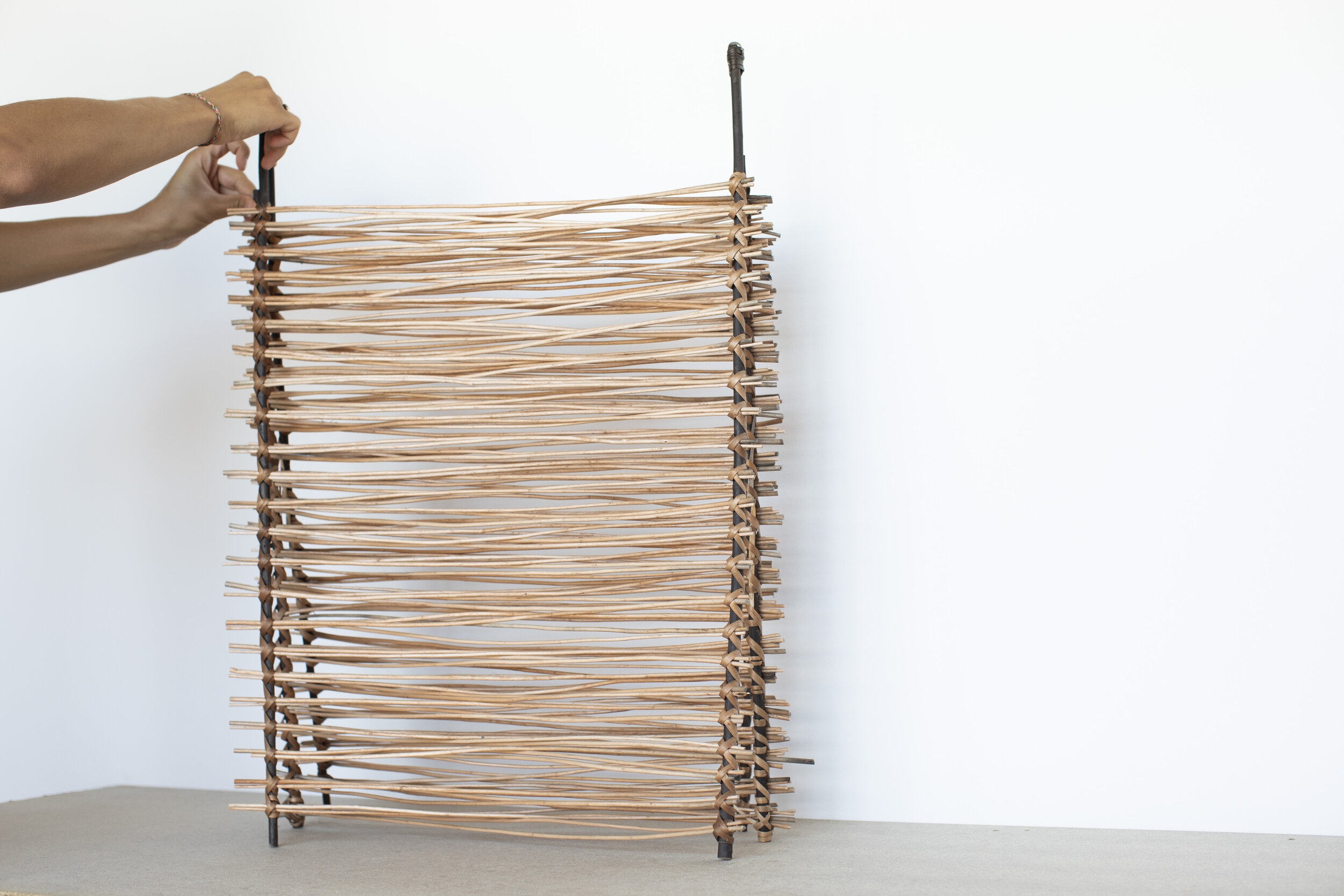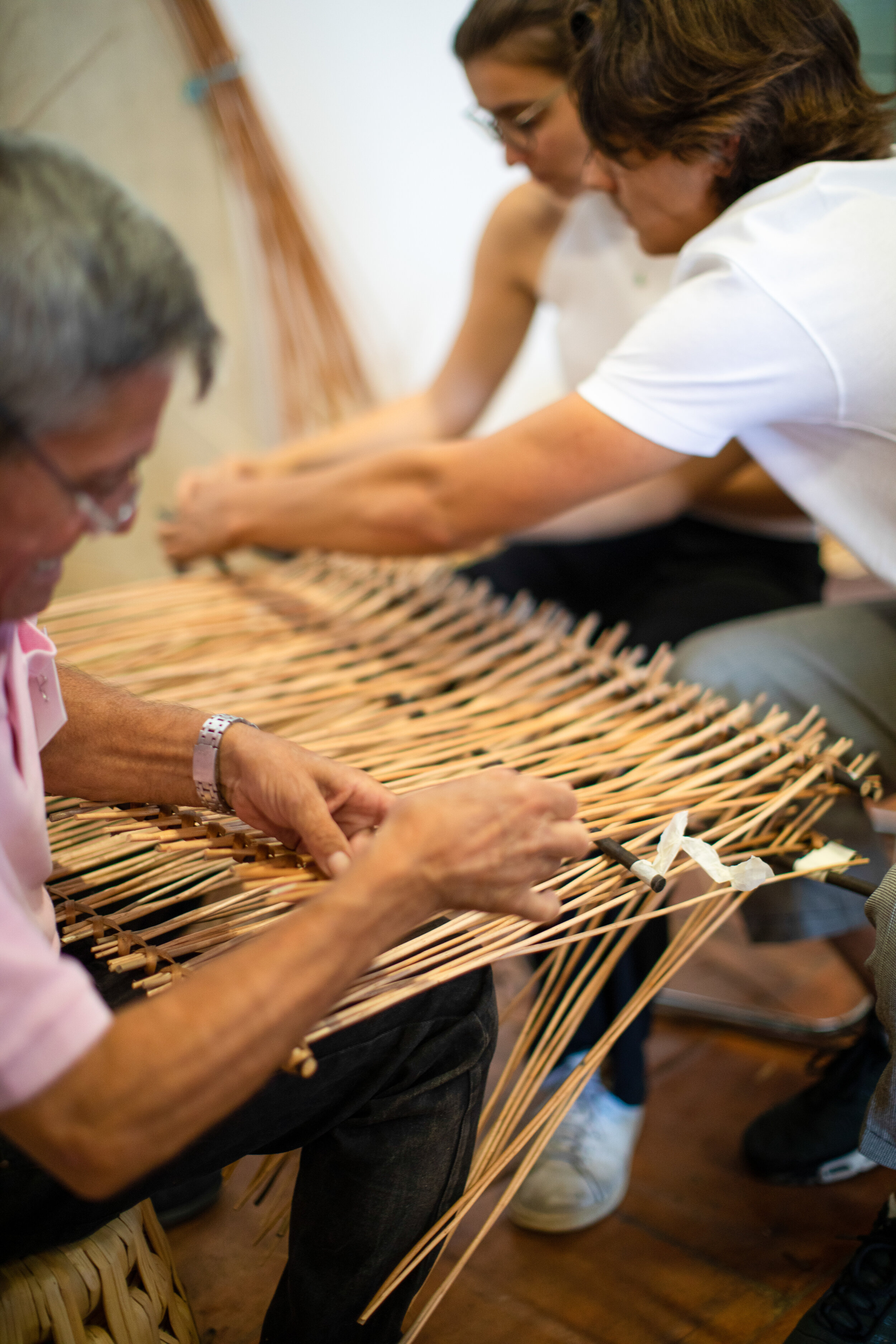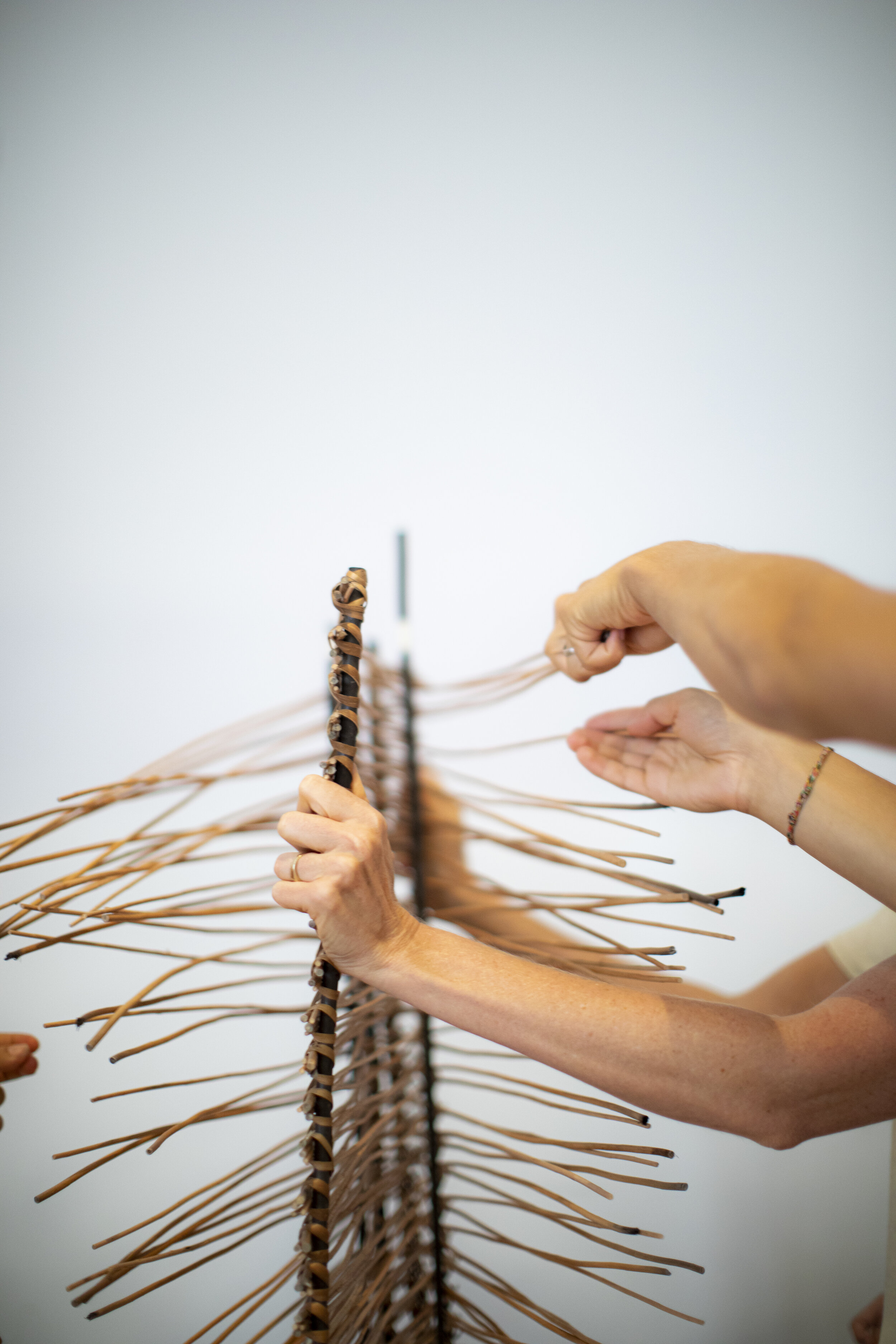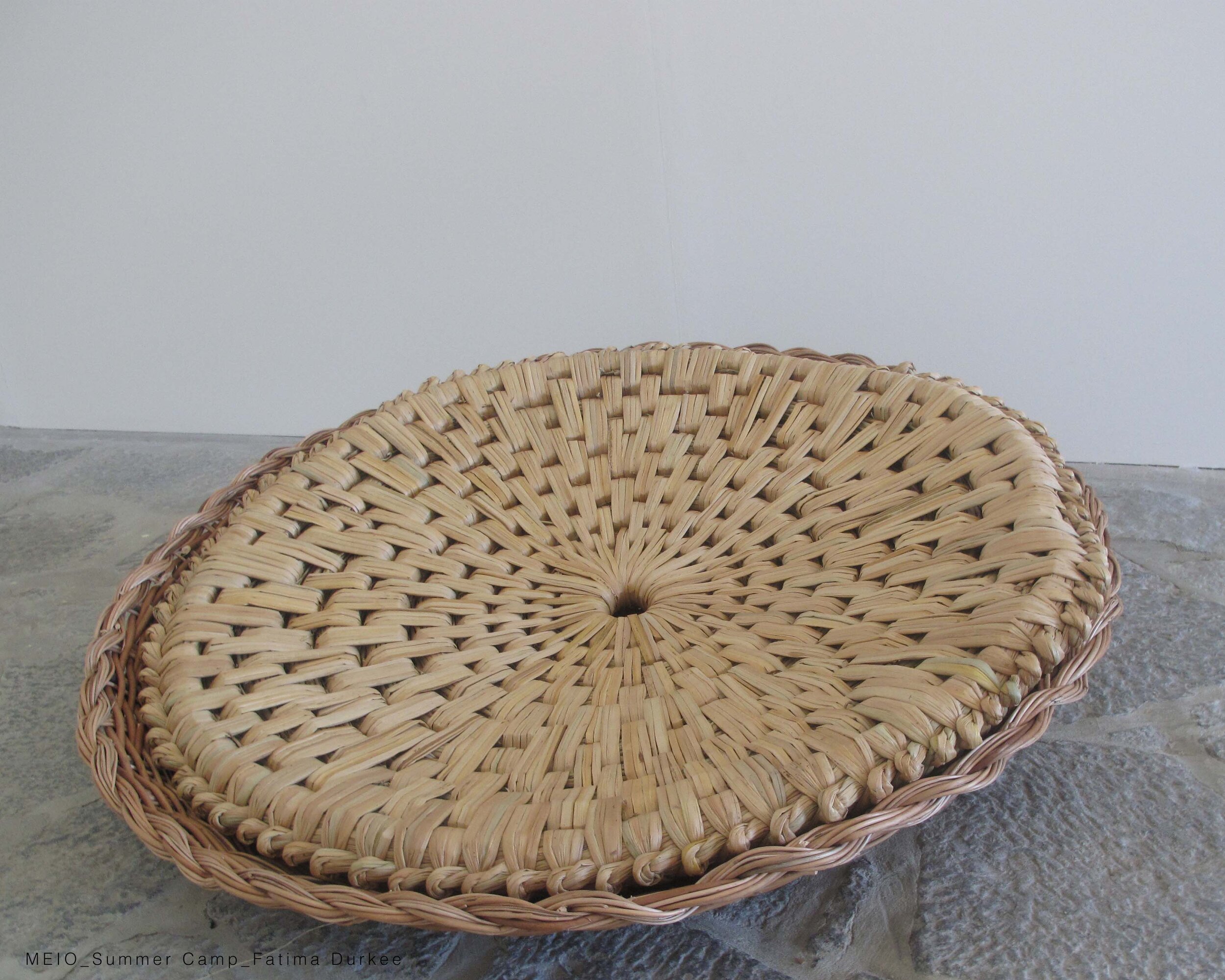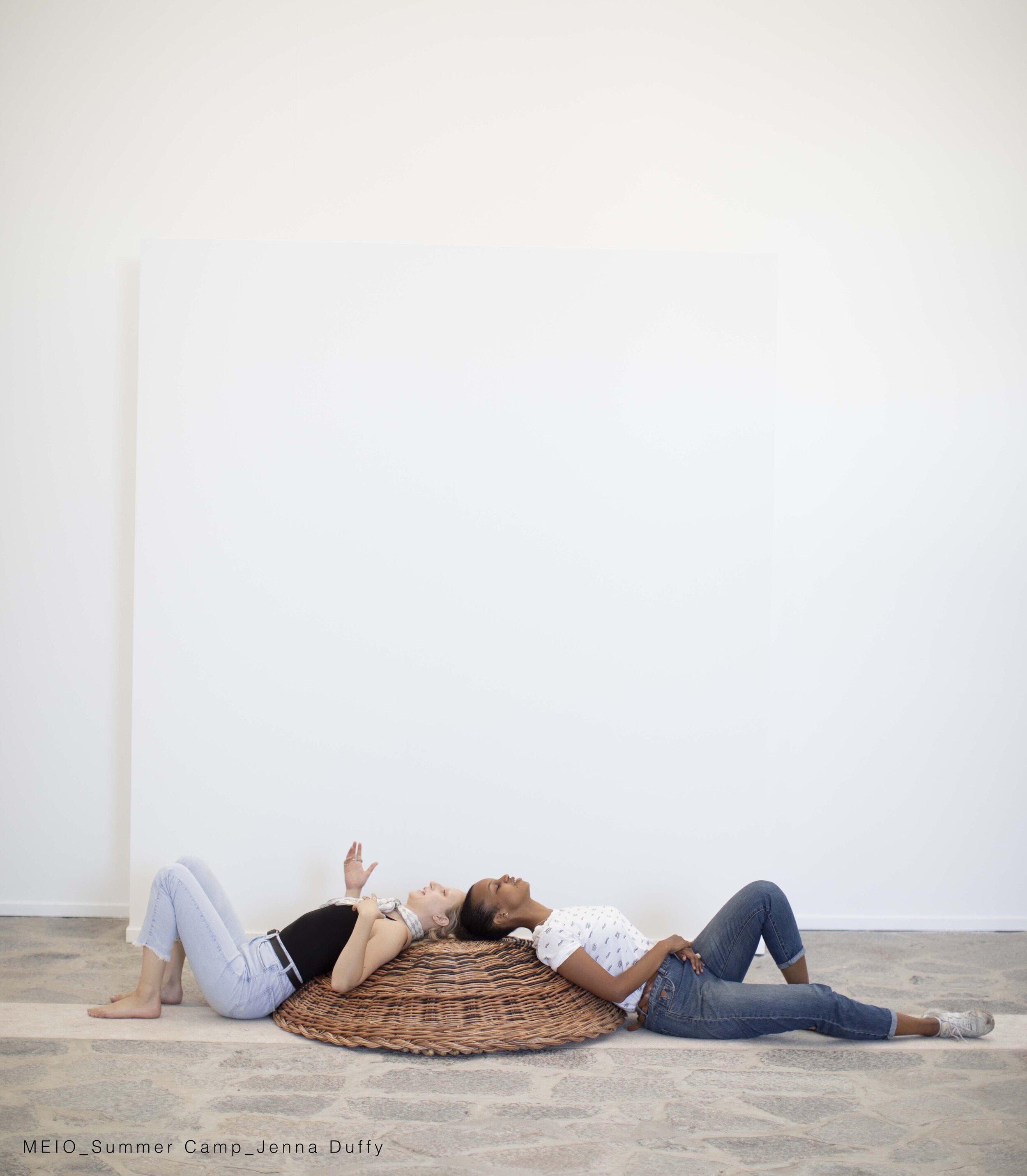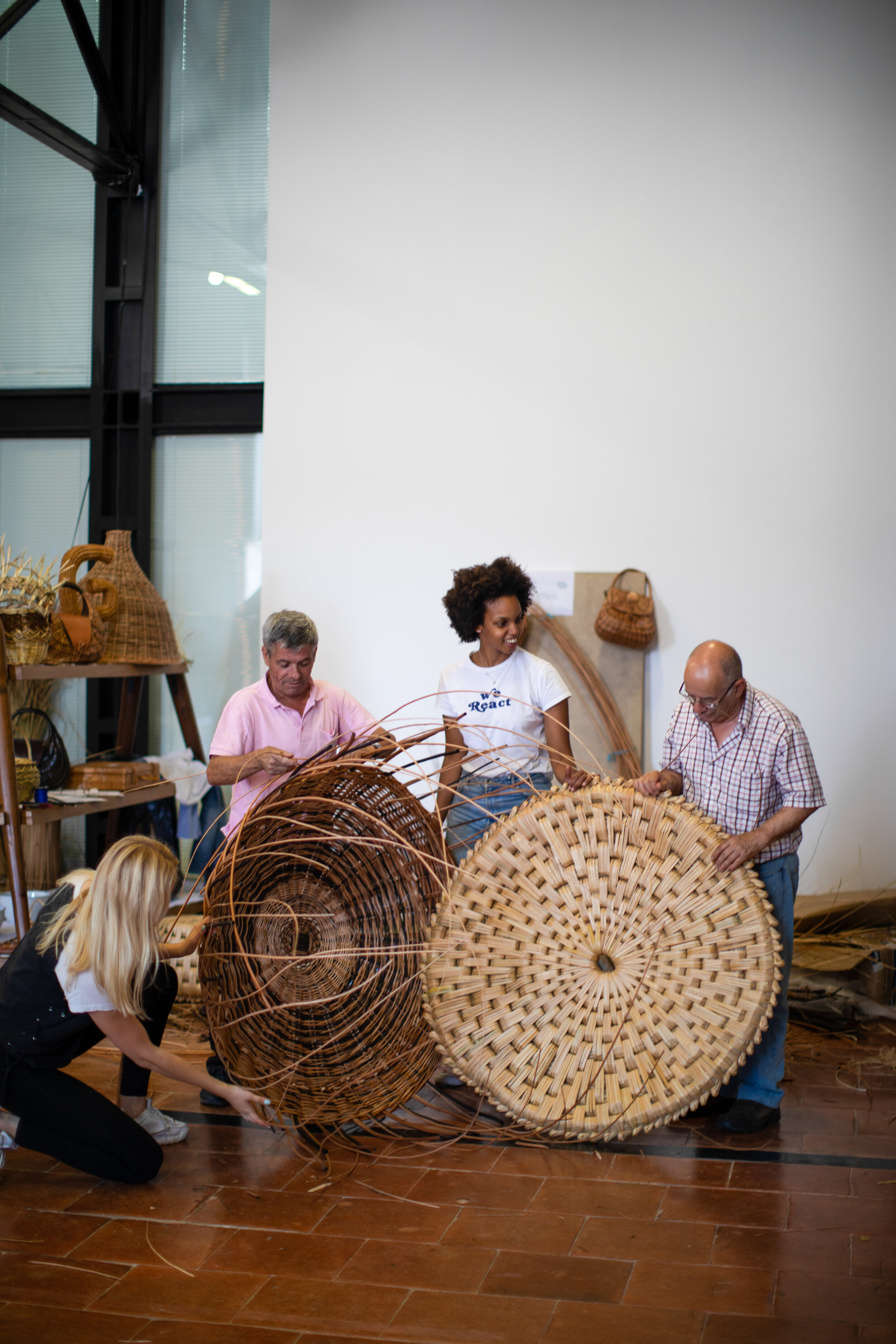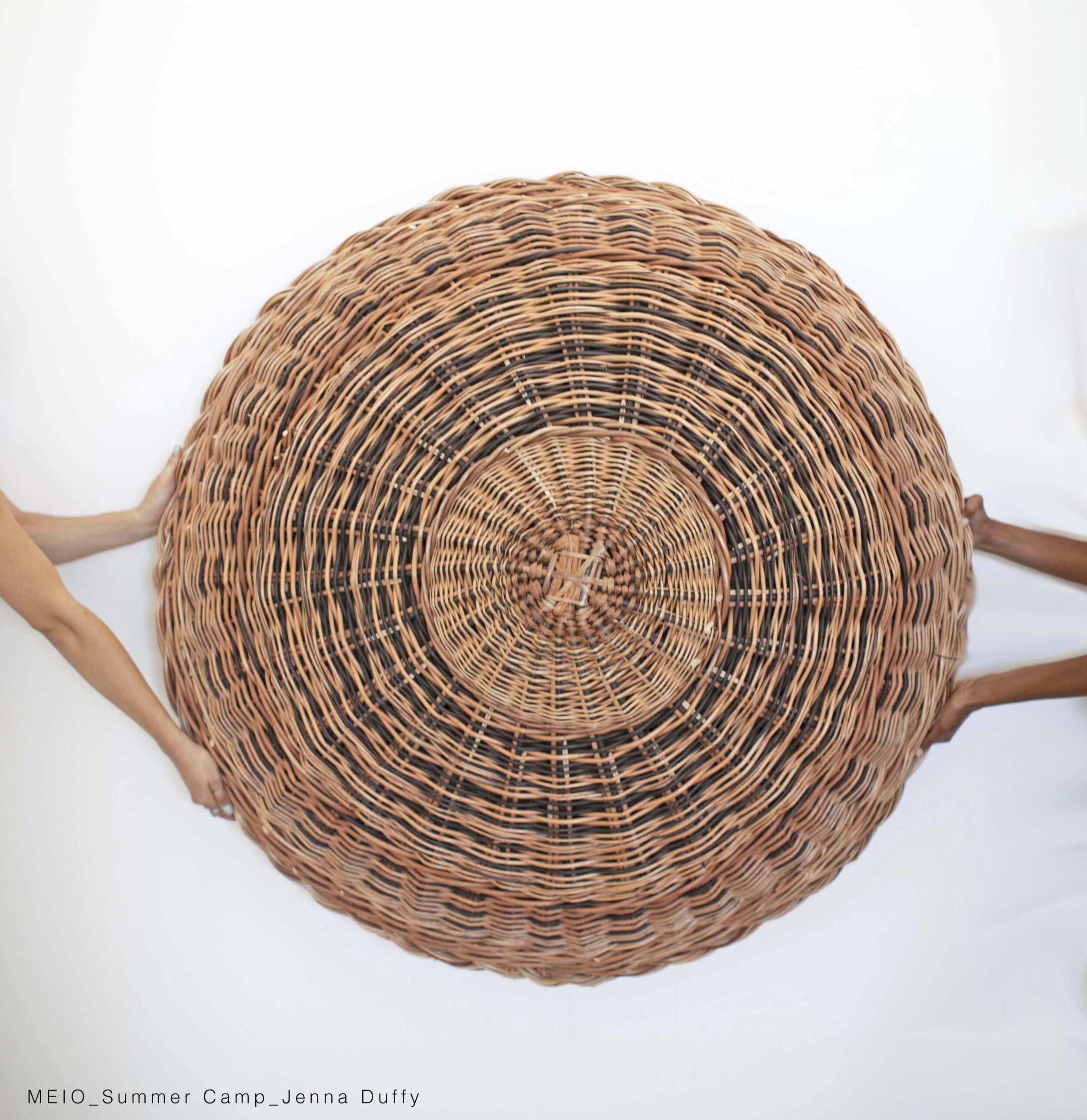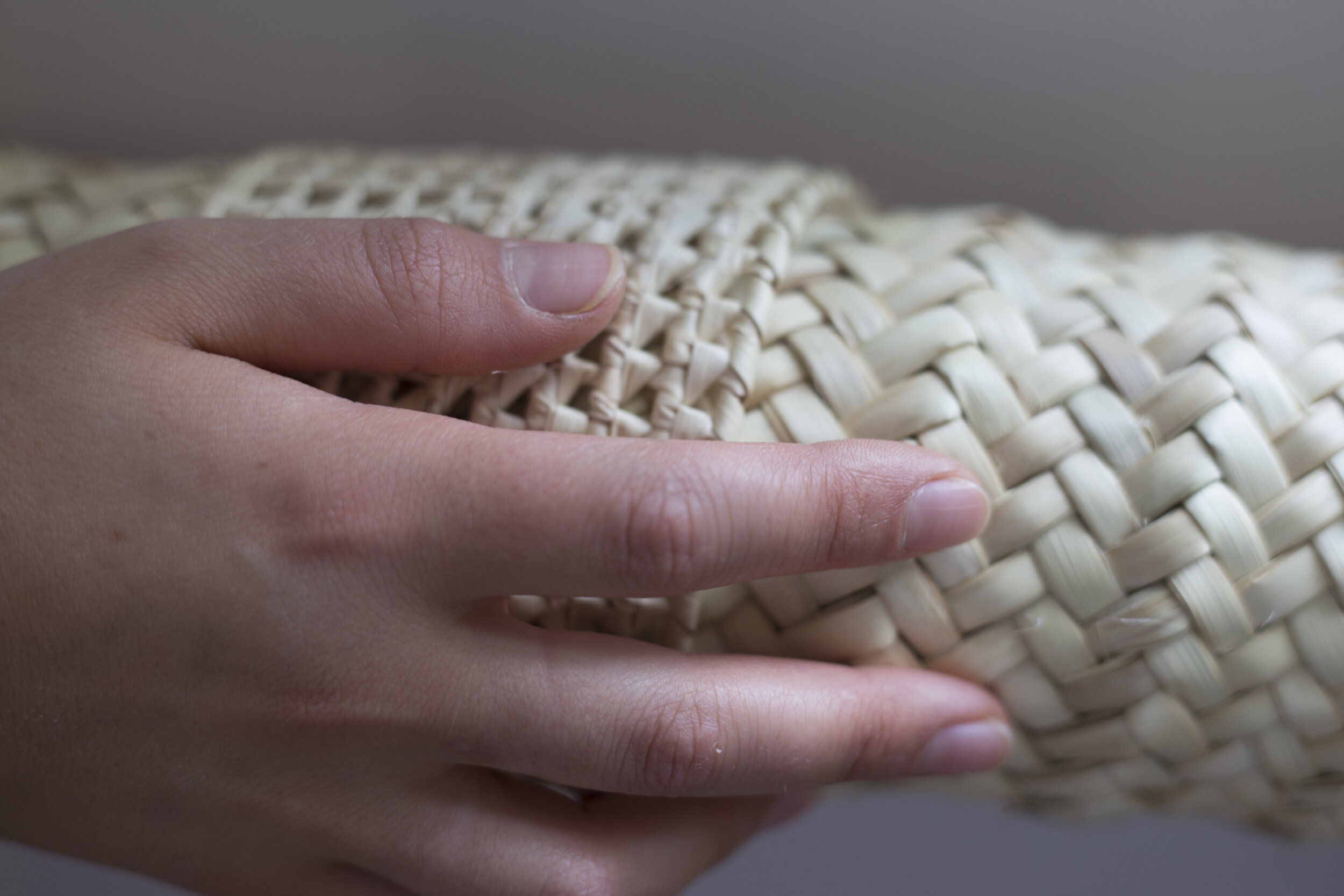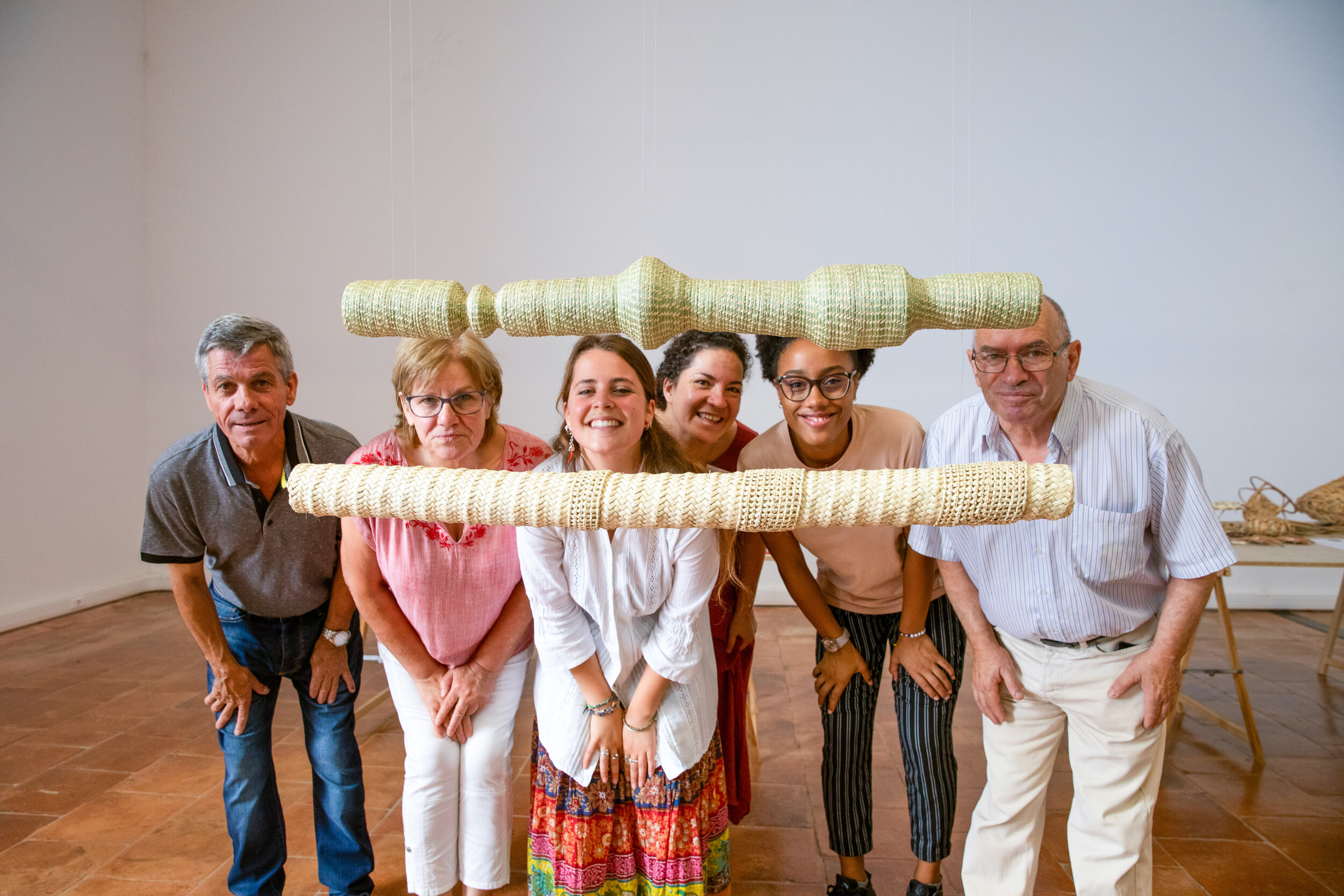JULY 15- AUG 2ND, 2019. Lisbon, portugal
portuguese basket technology summer camp
The Summer Camp was an initiative of the Portuguese Ministry of Culture in partnership with the Michelangelo Foundation for Creativity and Craftsmanship and Ricardo Espírito Santo Silva Foundation.
This summer camp was a 3 week intensive workshop taking place at the Popular Art Museum (MAP) in Lisbon, Portugal. Ten Design, architecture and craft students were invited to explore five Portuguese basket weaving methods and co-create a series of new pieces with 5 Portuguese master craftspeople guided by design mentors.
The objective was to push the boundaries of what these techniques can be used for in the twenty first century while addressing the question: How can basket weaving contribute to a sustainable future in co-working and shared living society?
The Summer Camp was held prior to the “Hundreds of Baskets” exhibition on Portuguese Basket technology at the Museu de Arte Popular Lisbon. The Summer Camp outcomes were included in this exhibition.
OUTCOMES
ClaReira
Junça carpet lounging space
Ana Paula Abrunhosa- craftswoman
Mariana Campos- student
Emma Cogné- student
How can basketry create a space within a space?
Clareira is made from Stipa Gigantea, a natural fiber used in the junça technique, natural from the region of Beselga, Viseu. Clareira was born to create a space of intimacy as an invitation for lounging in a shared environment. We used the braided technique, called « Ponto » traditionally made by women, to build a dense rug. The three circles merge into one sensual shape to protect and embrace the body. Around this shape the fibers emerge in their raw form, soft borders that allow for sensory experiences. As an hommage to junça, Clareira is designed for one to immerse themselves into a field.
Photo credits: Jenna Duffy
Coreto
Junça and Baracejo Coffee table
Ana Paula Abrunhosa- craftswoman
Fernando Nelas Pereira- craftsman
Isabel Martins- craftswoman
Alexandra Pambouka- student
Gonçalo Gama- student
How can basketry product create a more sustainable living by bringing nature into shared living
In the past, basketry was mostly rural areas as a mean of storage or transportation in everyday tasks. Our challenge was to bring this humble material to a new context, adding value and making relevant for the twenty first century urban living.
Coreto is a coffee table that can be easily transformed from 2D to 3D. A flat pack furniture that can be easily put together without screws. It was also designed to fit in a check-in luggage. Nowadays, many people live as “modern nomads” frequently changing home. The aim behind Coreto was to design an object that responds to the “modern nomads” needs of mobility without compromising on sustainable living.
Photo credits: Jenna Duffy, Alexandra Pambouka, Gonçalo Gama
Cruzamentos
Vime Screen
Fernando Nelas Pereira- craftsman
Francisca Cardoso Patrocínio- student
Niels Nijman- student
How can basketry create different moods through lighting?
Cruzamentos is a piece that grows from Vime of Gonçalo, Guarda, in the plantations of Fernando Nelas Pereira. The piece is composed of movable panels that interlace with one another.
The movement of the piece allows for the creation of more or less privacy. By sliding the panels open and closed, the user can create different densities of transparency. Cruzamentos is a tool to alter atmospheres and space organization
Photo credits: Jenna Duffy
Meio
Vime and Bunho lounging seat
Manuel Ferreira- craftsman
Fernando Nelas Pereira- craftsman
Iany Gayo- student
Weronika Banas- student
How basketry can release tension?
MEIO is a relaxation tool that uses movement to help release tension. A marriage between two techniques and natural materials - Bunho and Vime - bringing playfulness and comfort to our daily lifes.
Photo credits: Jenna Duffy
To Caminhos
Wayfinding, 3 pieces, each in a different material
Palm, Bunho and Bracejo
Isabel Martins- craftswoman
Manuel Ferreira das Neves- craftsman
Vanessa Flórido- craftswoman
Francesca Miotti- student
Denise Santos- student
How can basketry help create inclusive way-finding in a cowork space?
We have focused on the properties and the possibilities of the different traditional tech- niques by putting them in an unusual context and transforming the natural materials into ecological means of communication.
Using textures and shapes achievable with each approach, changing their rhythm and they way they repeat, we have created visual and tactile way-finders, which could be fol- lowed by people with sight disabilities in finding directions and locations within a shared or public space.
Photo credits: Jenna Duffy, Denise Santos
Graphic design Summer Camp: Audrey Schayes
For orders please contact us - info@passaaofuturo.com - and we will put you in touch with the teams.
Pieces for sale by artisans and students.

